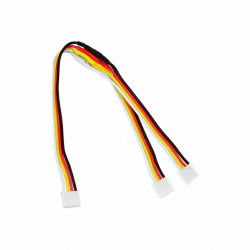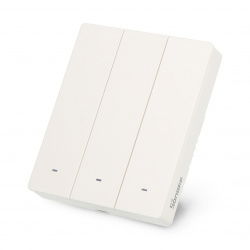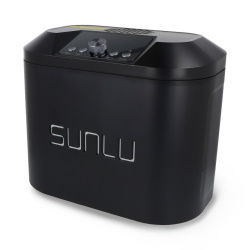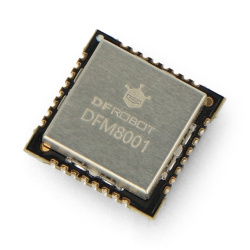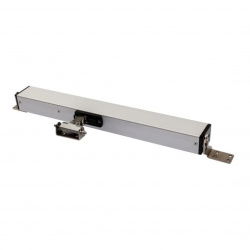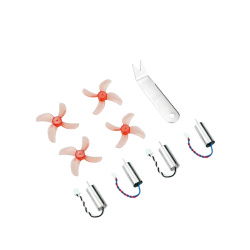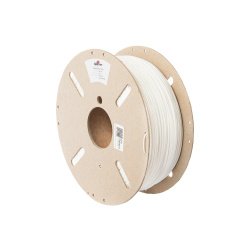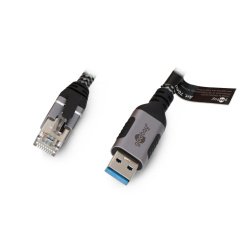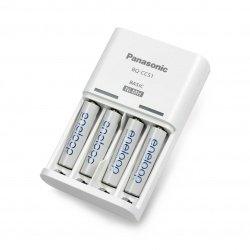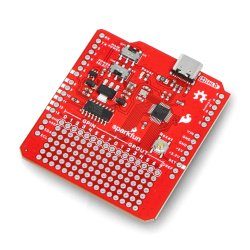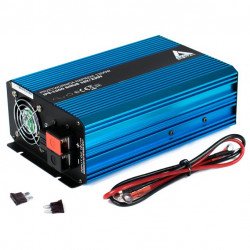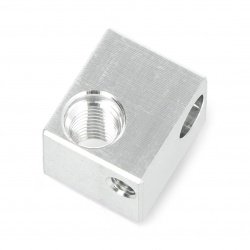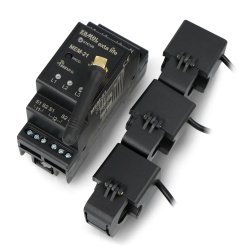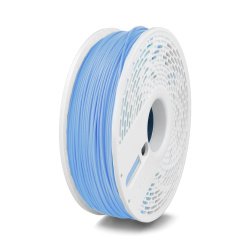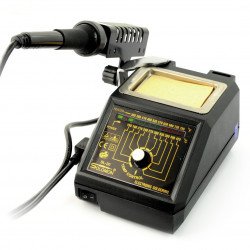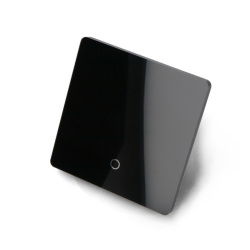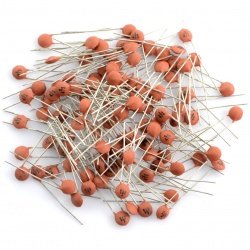Zinc etchants
- Relevance
- New products first
- Name, A to Z
- Name, Z to A
- Price, low to high
- Price, high to low
- In stock
- Random
- 12
- 24
- 60
Etcher for circuit boards B327 - 100g
Printed circuit board etching agent. Dissolves very quickly and does not crystallise from the solution. It etch evenly, ensuring sharp contours and minimising irritation.Universal Developer for Photolakers and Positive Laminates - 22g
A product to develop photo-varnishes and positive plates. Provides good quality and sharpness of contours. It does not contain NaOH, which increases work safety.See also
Protective effect of zinc coatings
Galvanizing is a process that involves coating metal (primarily different types of steel) with a thin layer of zinc. It can be carried out in many ways - there are, among others, the fire method (immersion in liquid zinc or its solution), electroplating (electrolytic galvanizing), spraying and powder coating (placing in hot, powdered zinc for several hours). The coating obtained on the steel surface is called zinc. The protective effect of zinc is twofold: first of all, it constitutes a physical and chemical barrier to water, oxygen and other substances, and its corrosion products protect the metal underneath from damage. In the event of a break in the zinc coating, the steel surface is further protected by a mechanism called cathodic protection. Zinc-plated steel is used in many areas - including automotive, construction, industry and electronics. Its corrosion resistance is even several times higher than in the case of steel without such protection.
Zinc pickling in practice
Zinc pickling is a process that is usually carried out before painting galvanized steel with paint or anti-corrosion agent. The use of an appropriate etching agent allows to get rid of salt residues and a deposit called white rust that appears on the zinc. The surface must be pre-cleaned and degreased before pickling the galvanized steel, using an agent recommended by the pickling agent manufacturer. Then apply a layer of pickling agent and wait the indicated amount of time (usually about a dozen or so minutes), and then carefully wash the residues off with water. In the case of most preparations, care should be taken to ensure that the etch layer does not dry out on the metal surface, as the agent may then prove ineffective. After the process of galvanizing etching is completed, you can start painting with paint or apply a corrosion protection agent.
What should you pay attention to?
It is worth remembering that not all zinc pickling agents can be used as a preparation for simple cleaning or restoration of the zinc coating - some of the substances used in pickling agents may cause zinc blackening or tarnishing. Therefore, before choosing a particular product, it is advisable to read the manufacturer's instructions concerning the use of the preparation. The recommended precautions must also be strictly adhered to, as many zinc pickling agents can have toxic or irritating effects, especially on the skin, eyes and respiratory system. For this reason, always keep pickling agents out of reach of children. Care should also be taken to select a preparation for the paint or anticorrosion agent to be used, as the pickling agent or its by-products on the zinc surface may react with them in an unexpected and undesirable way.






